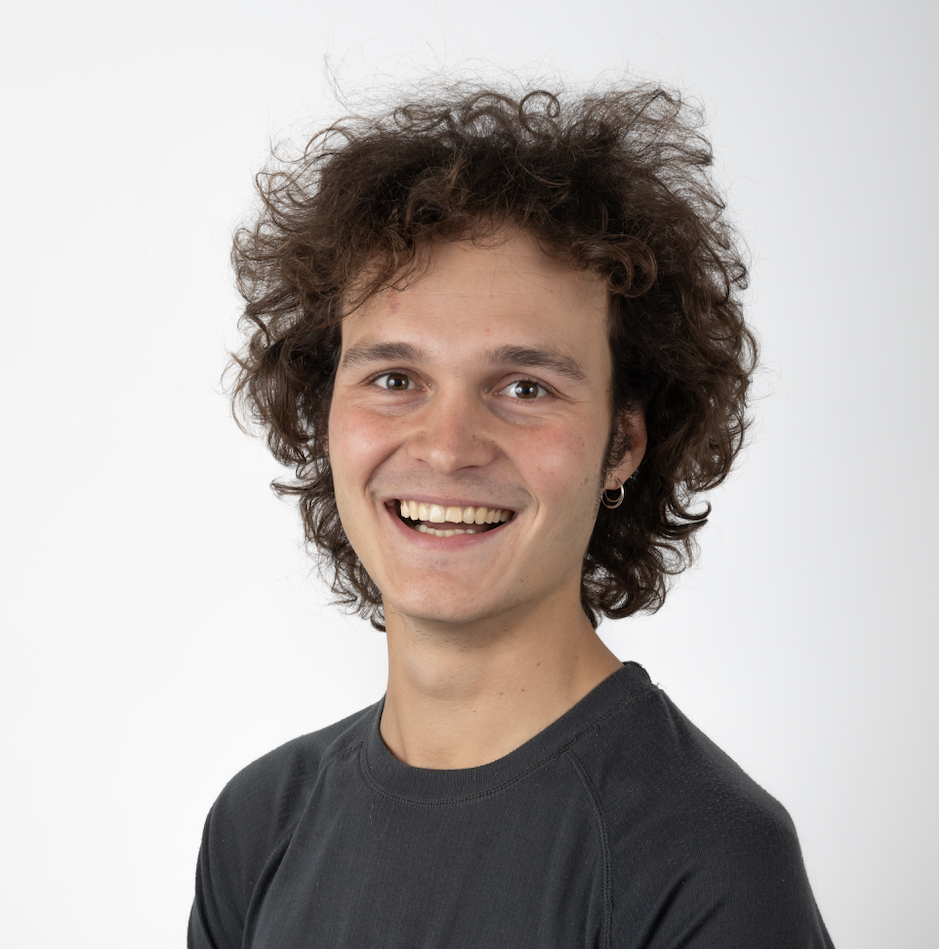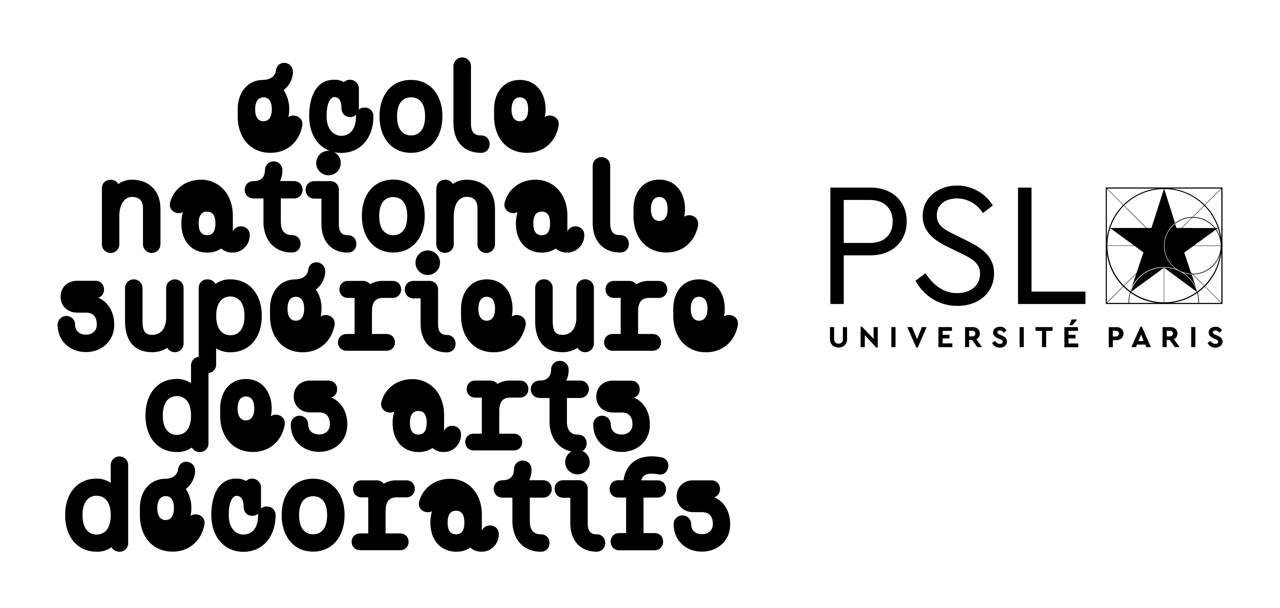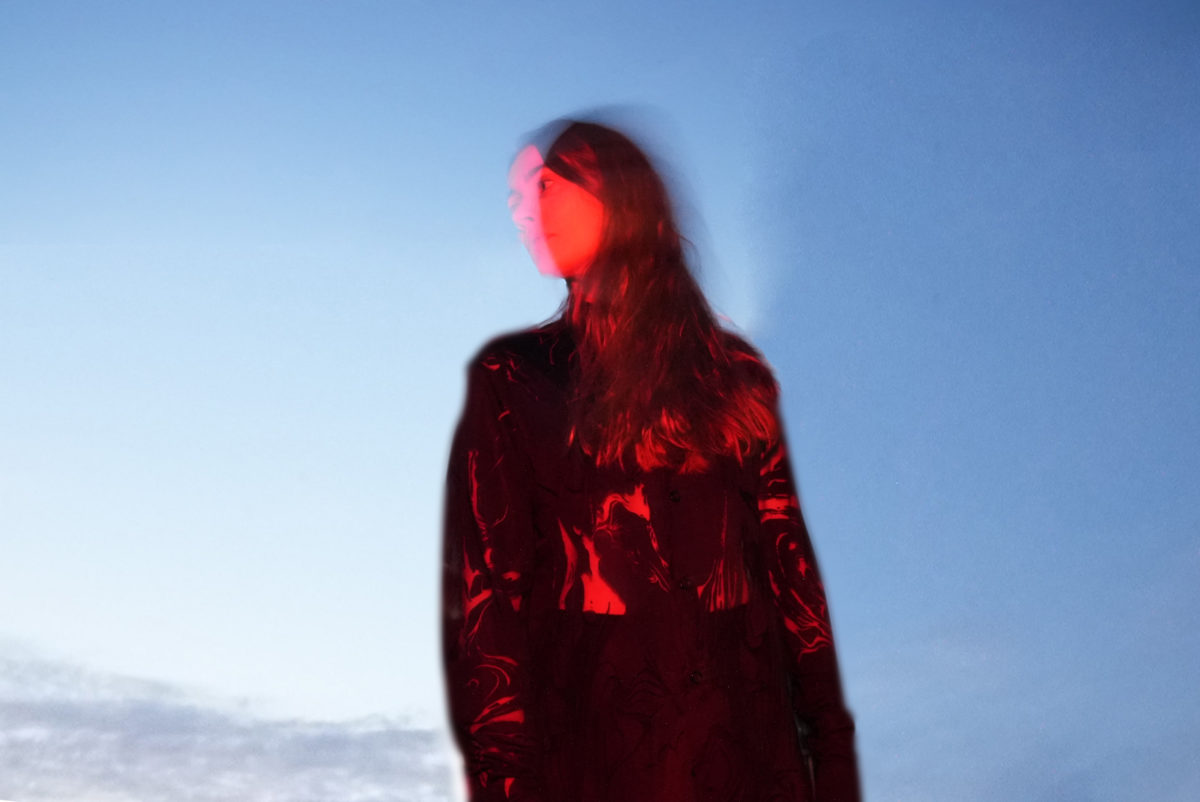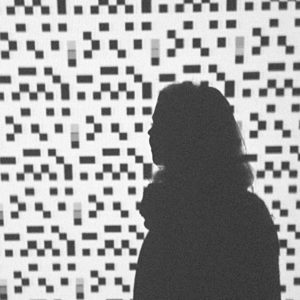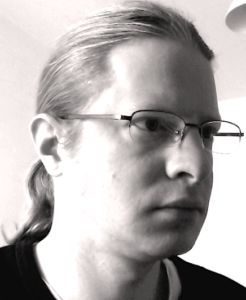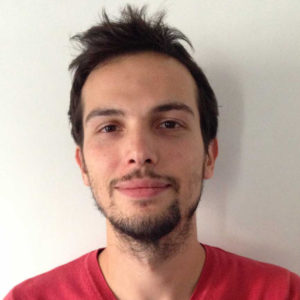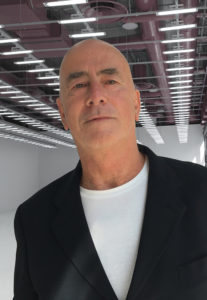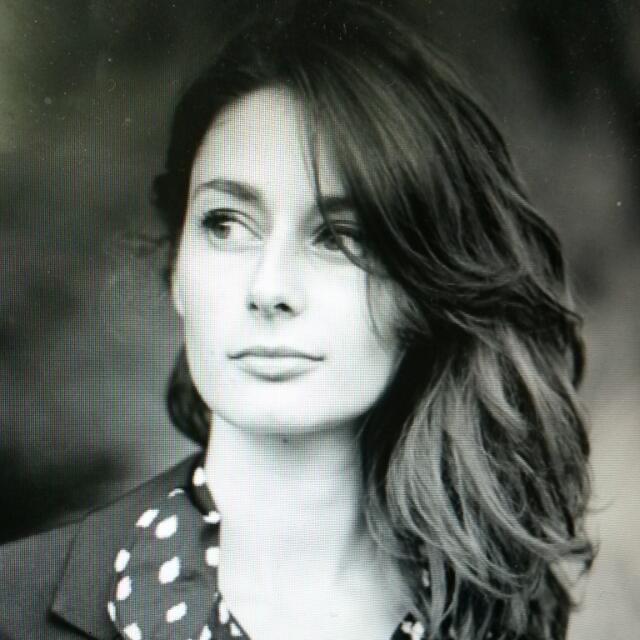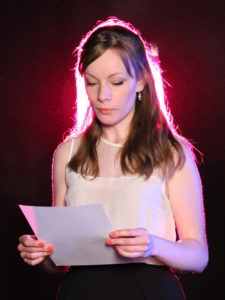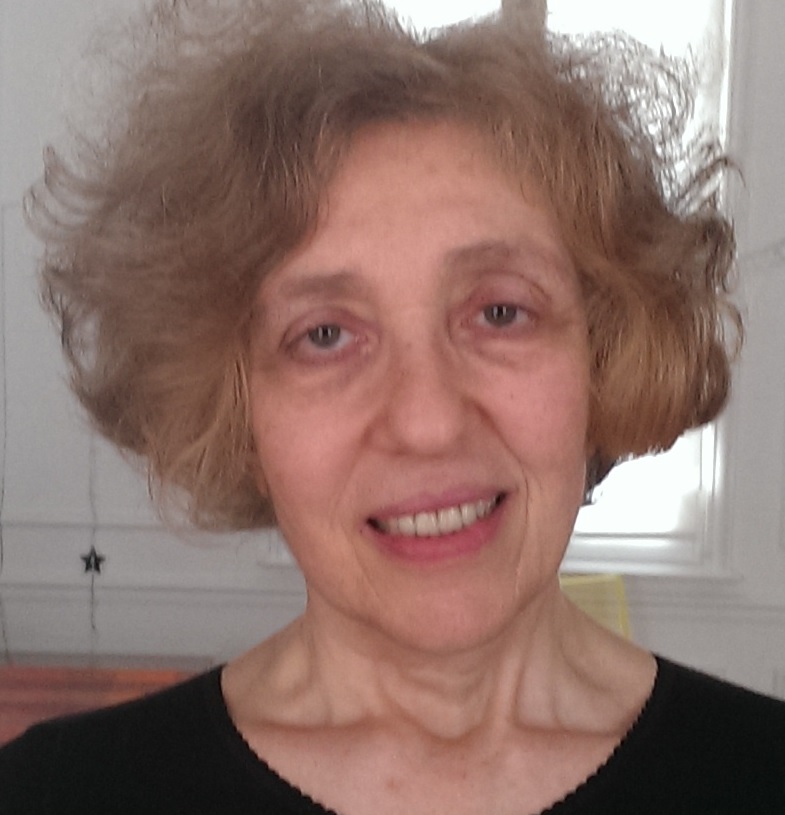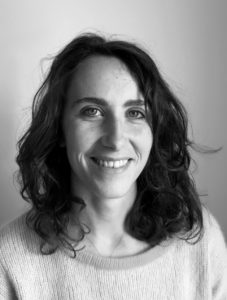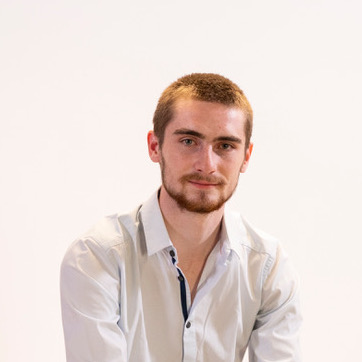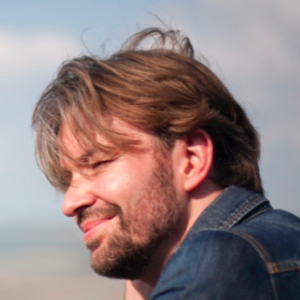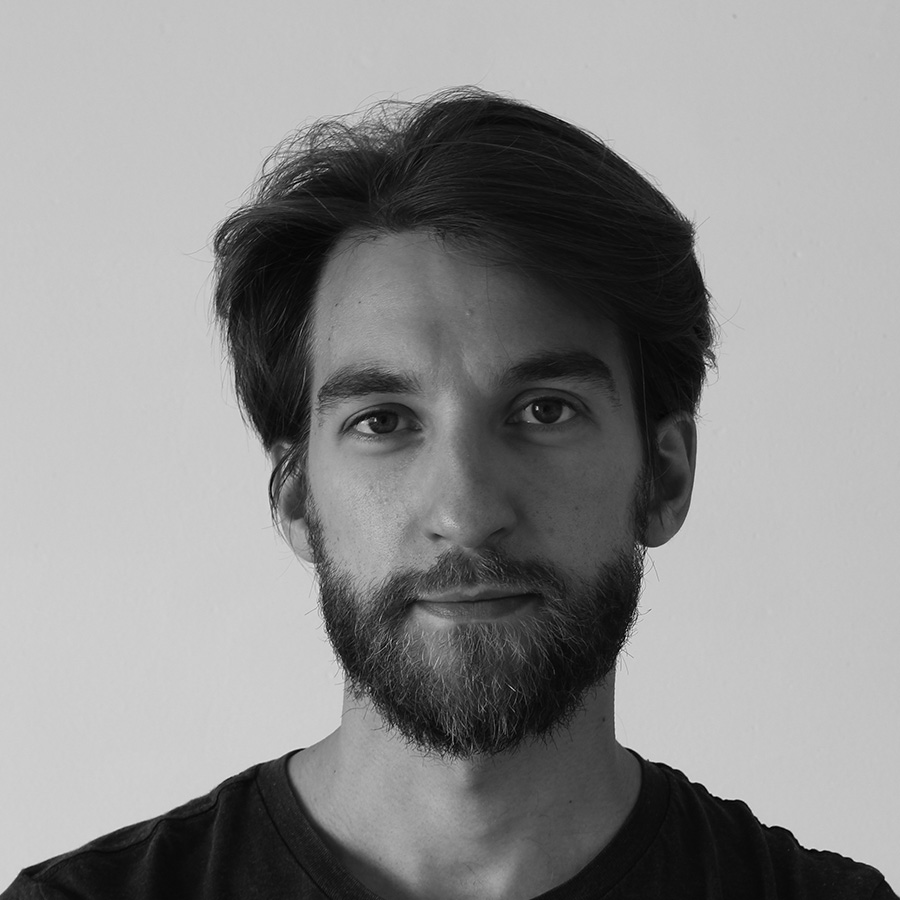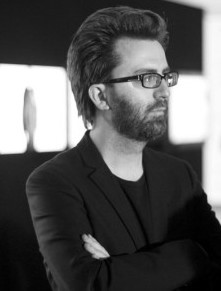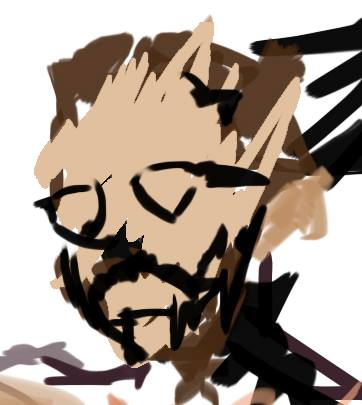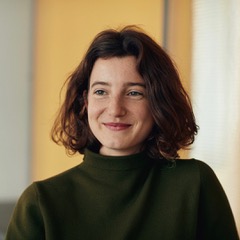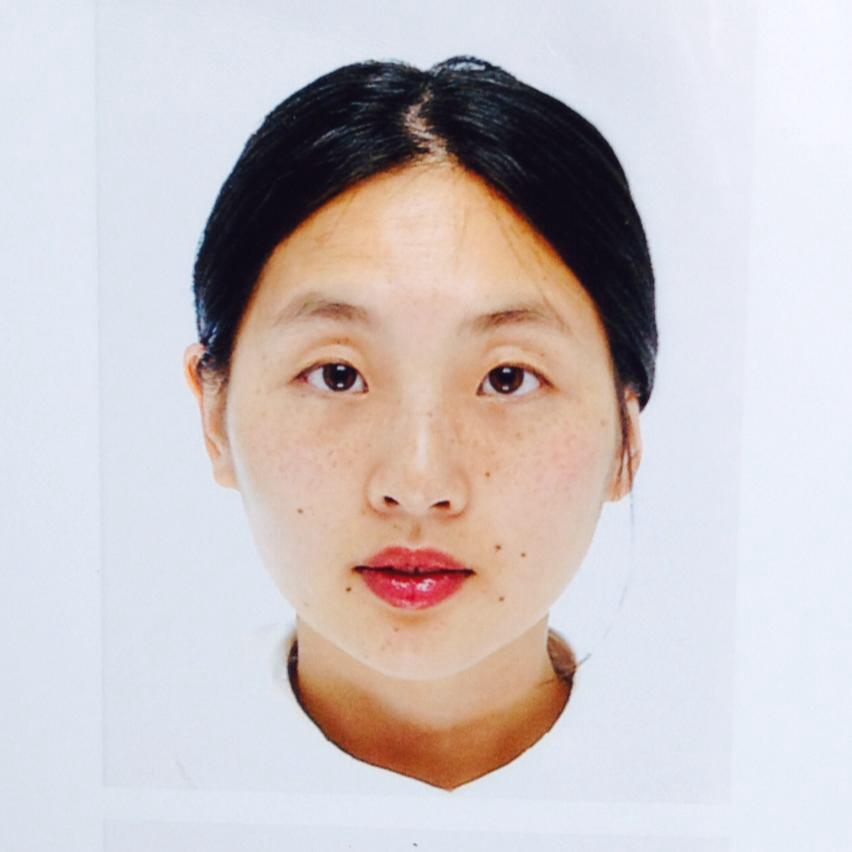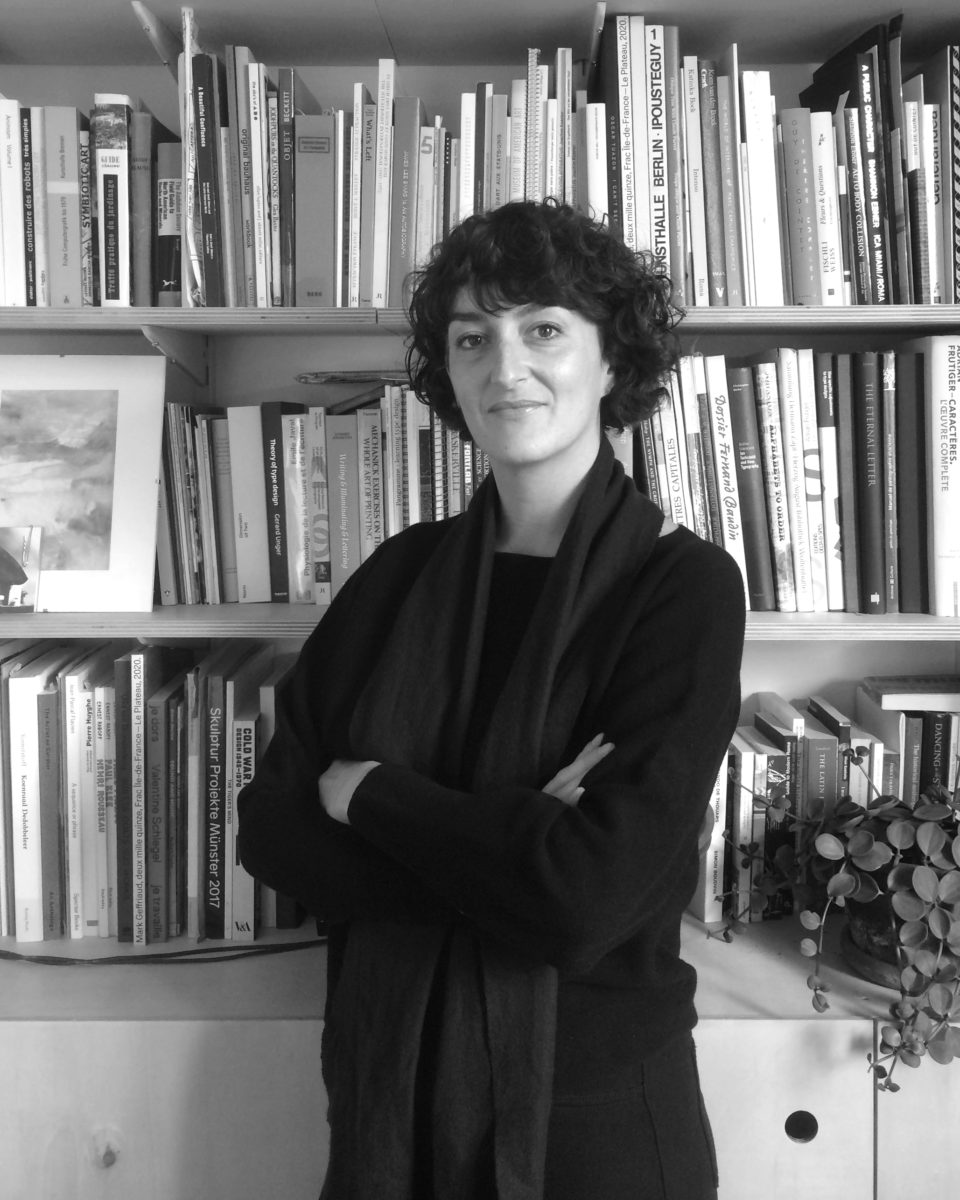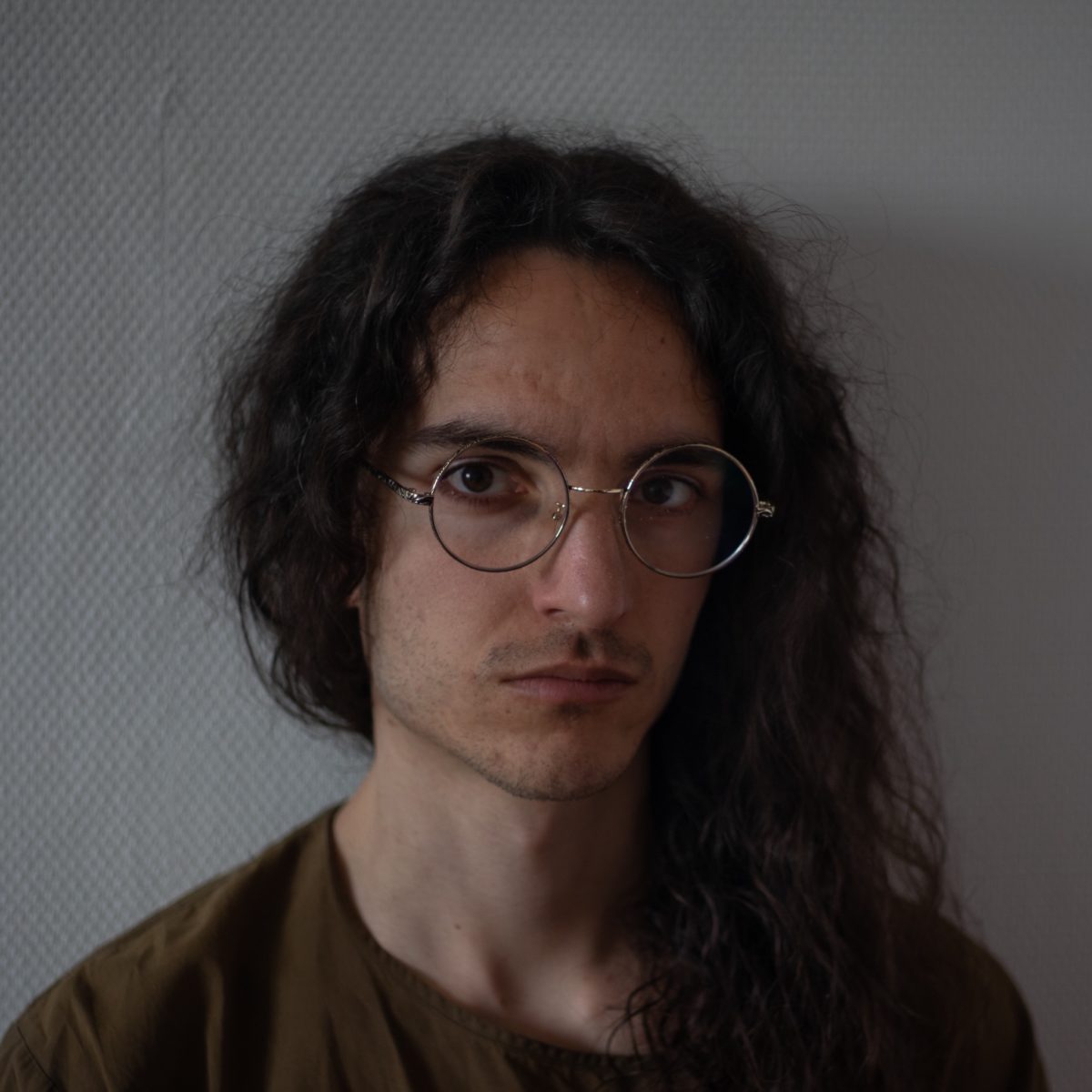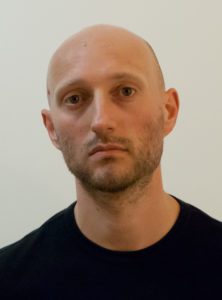
Head of the Research Group “Reflective Interaction”
Samuel Bianchini is an artist and teacher-researcher (professor, habilitated to supervise research) at École nationale supérieure des Arts Décoratifs (EnsAD, PSL University, Paris). He lives and works in Paris. With more than 100 collective and 20 solo exhibitions, his works are regularly presented in Europe and around the world: Centro Cultural Banco do Brasil (Belo Horizonte, Rio De Janeiro, São Paulo, Brasilia), Benaki Museum Pireos (Athens), Red Brick Museum (Beijing), MOMus – Museum of Contemporary Art of Thessaloniki, Jeu de Paume (Paris), Zürcher Gallery (New York), Centre Georges Pompidou (Paris), Wood Street Galleries (Pittsburgh), Institut français de Tokyo, Stuk Art Center (Leuven), Nuit Blanche (Toronto), Medialab Prado (Madrid), Palais de Tokyo (Paris), Kunsthaus PasquArt (Biel), Waterfall Gallery (New York), Art Basel, Deutsches Hygiene-Museum (Dresden), National Museum of Contemporary Art (Athens), FIAC (Paris), Laboratoria (Moscow), Rencontres Chorégraphiques de Carthage, Centre pour l’image contemporaine (Geneva), Biennale de Rennes, La Ménagerie de verre (Paris), space_imA and Duck-Won Gallery (Seoul), Nuit Blanche (Paris), Museum of Contemporary Art Ateneo of Yucatán Museo de Arte Contemporáneo Ateneo de Yucatán (Mexico), Cité des sciences et de l’industrie (Paris), Zentrum für Kunst und Medientechnologie (ZKM, Karlsruhe), Musée d’art moderne de la Ville de Paris, La Villa Arson (Nice), etc.
His creations involve physical as well as symbolic operations, in context, in public and in real time, stimulating us to contemplate, to think as much as to act. Supporting the principle of an “operational aesthetic”, Samuel Bianchini works on the relationship between the most forward-looking technological “dispositifs”, modes of representation, new forms of aesthetic experiences, sociopolitical organizations and ecological issues. To this end, he collaborates with scientists and engineering research laboratories: Institut FEMTO-ST (Franche-Comté Electronics Mechanics Thermal and Optical – Science and Technology), Orange Labs, CEA (French Alternative Energies and Atomic Energy Commission, Saclay), ISIR (Institute for Intelligent Systems and Robotics, Sorbonne Université-CNRS), etc.
In close relation to his research and artistic practice, Samuel Bianchini has undertaken theoretical work, which has led to numerous publications. He has published over 70 texts with publishers such as Editions du Centre Pompidou, Editions Jean-Michel Place, MIT Press, Analogues, Burozoïque, Hermes, Les presses du réel, Springer, Birkhauser, etc. As an author, director or co-director, he edited 7 books including the collective book Practicable. From Participation to Interaction in Contemporary Art, MIT Press, 2016 (co-directed with Erik Verhagen); the collective book Behavioral Objects 1 – A Case Study: Céleste Boursier Mougenot, Sternberg Press, 2016 (co-directed with Emanuele Quinz and distributed by MIT Press); and, À Distances – Œuvrer dans les espaces publics, Les presses du réel, 2017 (with Mari Linnman). He also founded the international and multi-platform image-based journal .able, published by Actar (Barcelona, New York) and launched in March 2023, of which he is currently editor-in-chief.
Born in 1971 in Nancy, he studied art through different approaches: Fine Arts (Post diploma, Ecole régionale des Beaux-arts de Nantes), Decorative Arts (EnsAD, École nationale supérieure des Arts Décoratifs, Paris), Art & Design (Central Saint Martins College of Art and Design, London), Applied Arts (Ensaama, École nationale supérieure des arts appliqués et des métiers d’art, Paris), Arts and Crafts (Conservatoire des arts et métiers, Paris) and Plastic Arts (Université Paris 1 – Panthéon-Sorbonne).
He defended his PhD thesis at Palais de Tokyo with a solo exhibition and, more recently, his accreditation to supervise research (HDR) at the crossroads of artistic, technological and political issues, entitled Dispositifs artistiques, dispositifs politiques. Une esthétique opérationnelle comme faculté de mobilisation individuelle et collective [Artistic dispositif, political dispositif. Operational aesthetics as a faculty of individual and collective mobilization]. He is now teacher-researcher at École nationale supérieure des Arts Décoratifs (EnsAD) – PSL University, where he is the head of the Reflective Interaction group of EnsadLab (EnsAD’s laboratory) on research on interactive “dispositifs”. Here, from 2017 to 2023, he was also co-head of La Chaire arts & sciences, created with École Polytechnique and the Daniel & Nina Carasso Foundation. He is a member of SACRe Laboratory (Sciences Arts Création Recherche) of PSL University and involved in its doctoral program, for which he supervises PhD in art and design. He is also member of the canadian research-creation network Hexagram and associate member of the Cluster of excellence Matters of Activity, Humboldt Universität zu Berlin.
Website: www.dispotheque.org
Publications (selection)
Articles:
• Research Gate: http://www.researchgate.net/profile/Samuel_Bianchini
• Academia: https://ensad-fr.academia.edu/SamuelBianchini
Books:
• Practicable. From Participation to Interaction in Contemporary Art, Ed. MIT Press, Cambridge / London, 2016:
https://mitpress.mit.edu
• Behavioral Objects, Ed. Sternberg Press, Berlin / New York, 2016:
http://www.sternberg-press.com
• Audience Works, Ed. mfc-michèle didier, Brussels, 2013:
http://www.micheledidier.com
• Simulation technologique & matérialisation artistique – Une exploration transdisciplinaire Arts / Sciences, Ed. L’Harmattan, Paris, 2011:
http://www.editions-harmattan.fr
• Recherche & Création. Art, technologie, pédagogie, innovation, Montrouge, Ed. Burozoïque and École nationale supérieure d’art de Nancy, Montrouge, 2009; reissued by Art Book Magazine, Paris, 2012:
www.artbookmagazine.com
• Joseph Beuys – Films et vidéos, Ed. Centre Pompidou, Paris, 1994:
www.centrepompidou.fr
